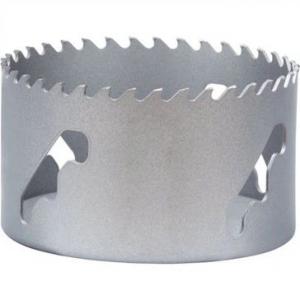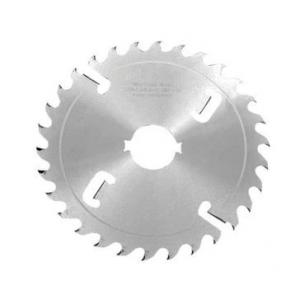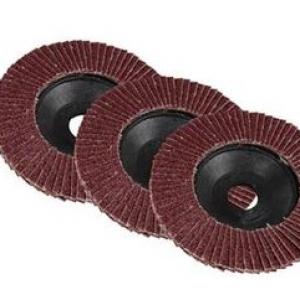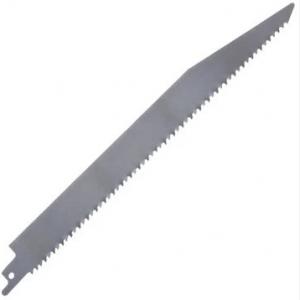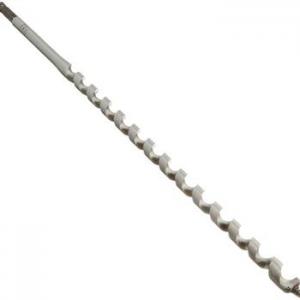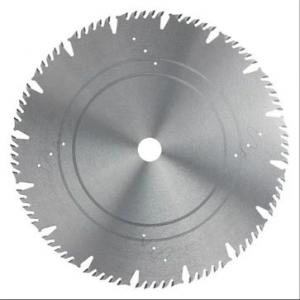The 5 Key Variables That Impact Cutting Efficiency
Machine Settings: RPM and Feed Rate
The foundation of efficient cutting lies in optimizing your equipment parameters. Running the blade at too high an RPM on soft materials like asphalt can cause unnecessary wear, while too low a feed rate on hard concrete leads to blade glazing. A balanced approach—such as 3,500 RPM with a steady 20 ft/min feed rate for medium-hardness granite—ensures smooth operation without sacrificing blade life. Always consult your tool manufacturer’s guidelines, but remember: slight adjustments based on real-time performance often yield the best results.
Dry Cutting vs. Wet Cutting: Pros and Cons
Cooling methods dramatically affect both efficiency and tool longevity. Dry cutting offers portability and avoids water slurry cleanup, ideal for quick outdoor jobs. However, it generates heat, reducing diamond segment life by up to 30% in hard materials. Wet cutting, while messier, extends blade life by 50%+ when cutting quartz or reinforced concrete by preventing overheating. For contractors working with mixed materials, investing in a hybrid system (e.g., adjustable water flow blades) provides optimal flexibility.
Material Hardness: The Mohs Scale Decoded
A material’s position on the Mohs hardness scale directly dictates your cutting strategy. Talc (level 1) and marble (3-4) require finer grits and lower downward pressure, while quartzite (7) and hardened concrete (8+) demand coarse diamond segments with high concentration. Surprisingly, abrasiveness matters as much as hardness—soft but gritty sandstone wears down blades faster than some harder stones. Keep a Mohs chart handy; it’s your cheat sheet for pre-job tool selection.
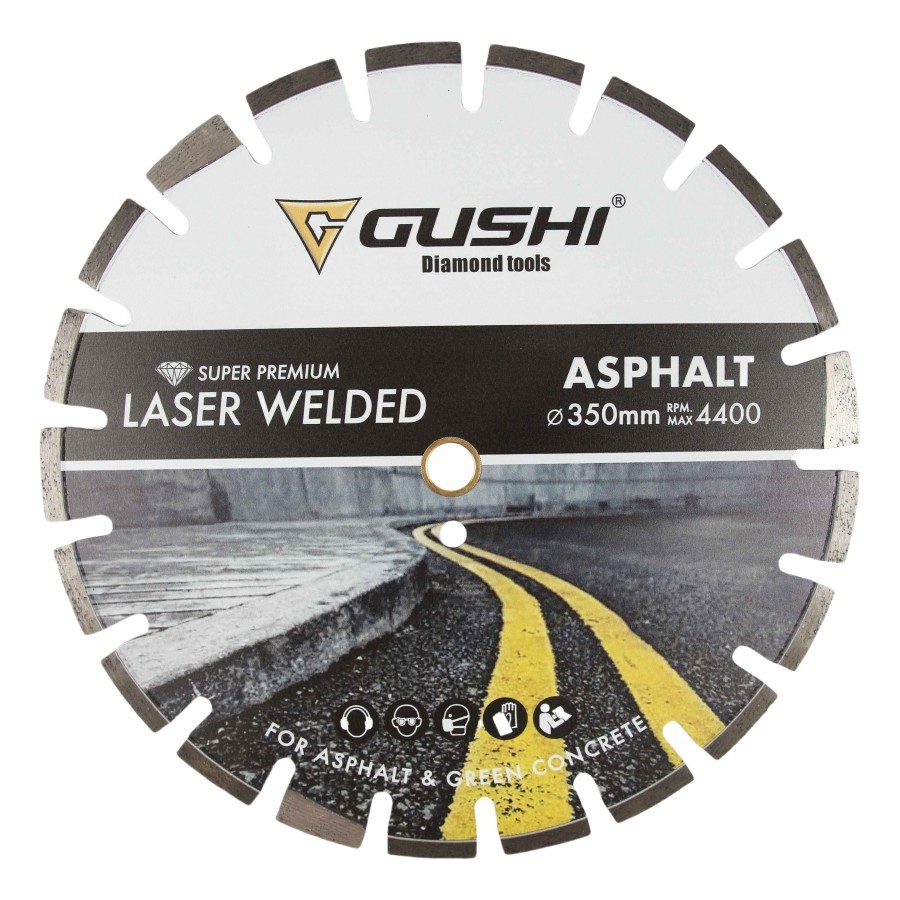
The Hidden Efficiency Killer: Blade Dressing
Even perfect parameters fail when blades lose their “bite.” Glazed segments from cutting hard materials or loaded-up blades from asphalt jobs silently sabotage efficiency. Regular dressing with a silicon carbide brick or specialized tool restores diamond exposure. Pro tip: For heavily glazed blades, a 10-second dry run through soft fire brick can revive performance better than hours of forced cutting.
Operator Technique: The Human Factor
No technology replaces skilled handling. Consistent feed pressure—not brute force—prevents segment damage. Listen for pitch changes: a high whine suggests underfeeding, while a labored groan indicates over-pushing. Train teams to recognize these cues. One study showed proper technique alone reduced blade replacements by 22% in a masonry crew cutting porcelain tiles.
Real-World Optimization: A Concrete Example
A highway contractor cutting 12” thick reinforced concrete initially blamed “low-quality blades” for slow progress. Analysis revealed their 14” blade was undersized (creating excessive friction), running dry at max RPM. Switching to an 18” wet-cut blade at 2,800 RPM with pulsed feeding doubled their linear cutting speed. Sometimes, efficiency gains come from rethinking basics rather than buying premium tools.
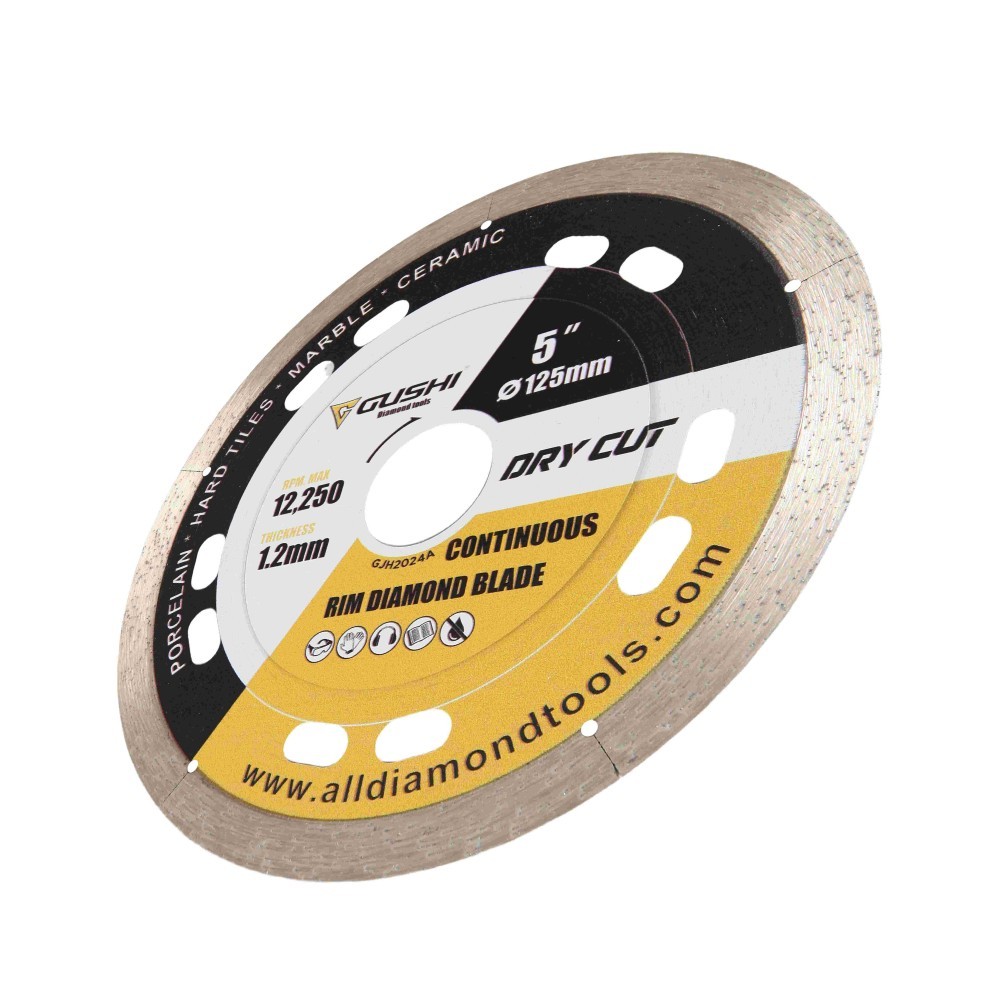
Optimizing Cutting Performance: A Systems Approach
Achieving maximum cutting efficiency requires understanding how equipment parameters, material characteristics, and operating techniques interact as an interconnected system. The most effective solutions emerge when you analyze your entire cutting process - from blade selection to operator technique - to identify and address your unique bottlenecks. By taking this holistic approach and continuously refining your methods based on performance data, you can unlock significant productivity gains while extending tool life. What specific challenges are limiting your cutting efficiency today? Our experts can help you diagnose issues and implement tailored solutions for your operation.



